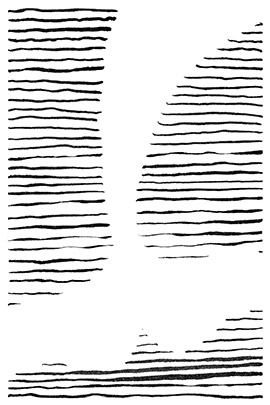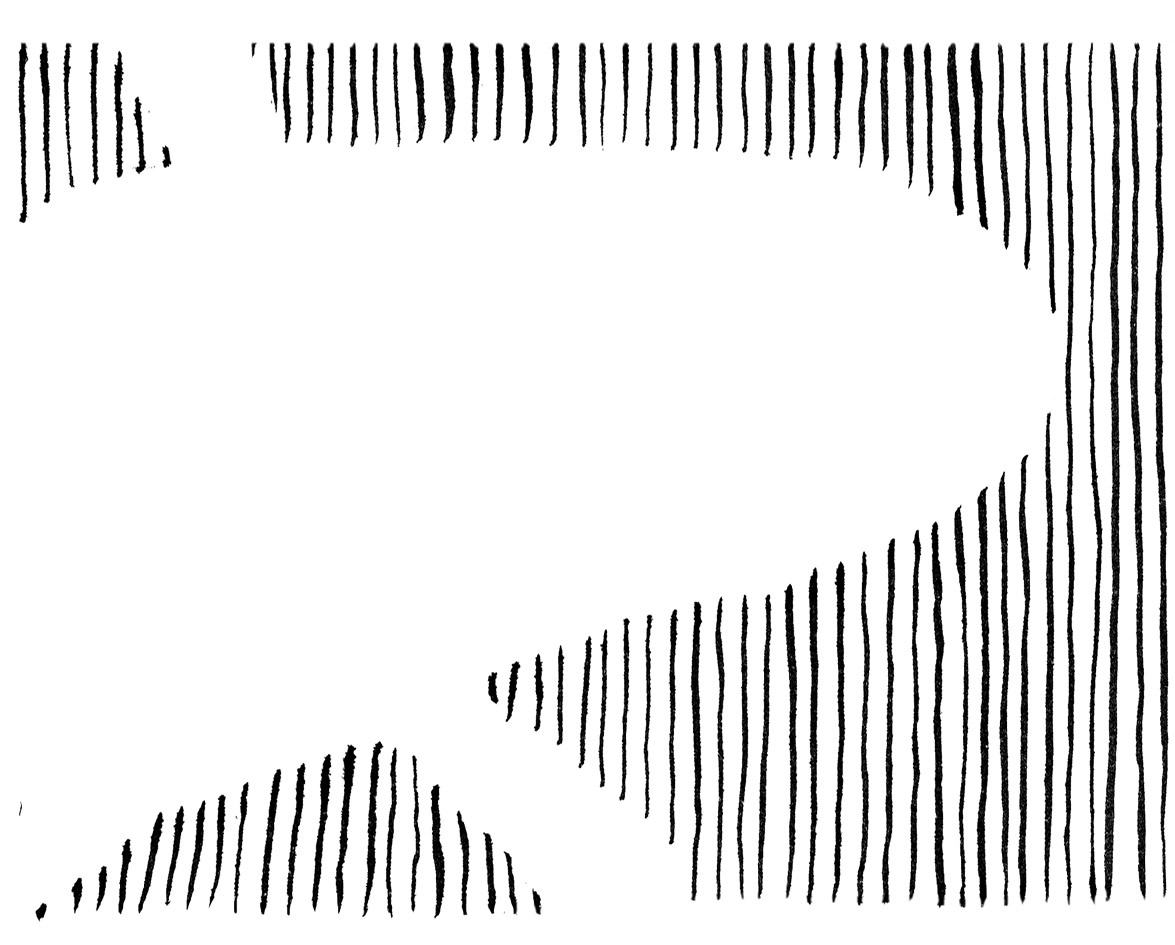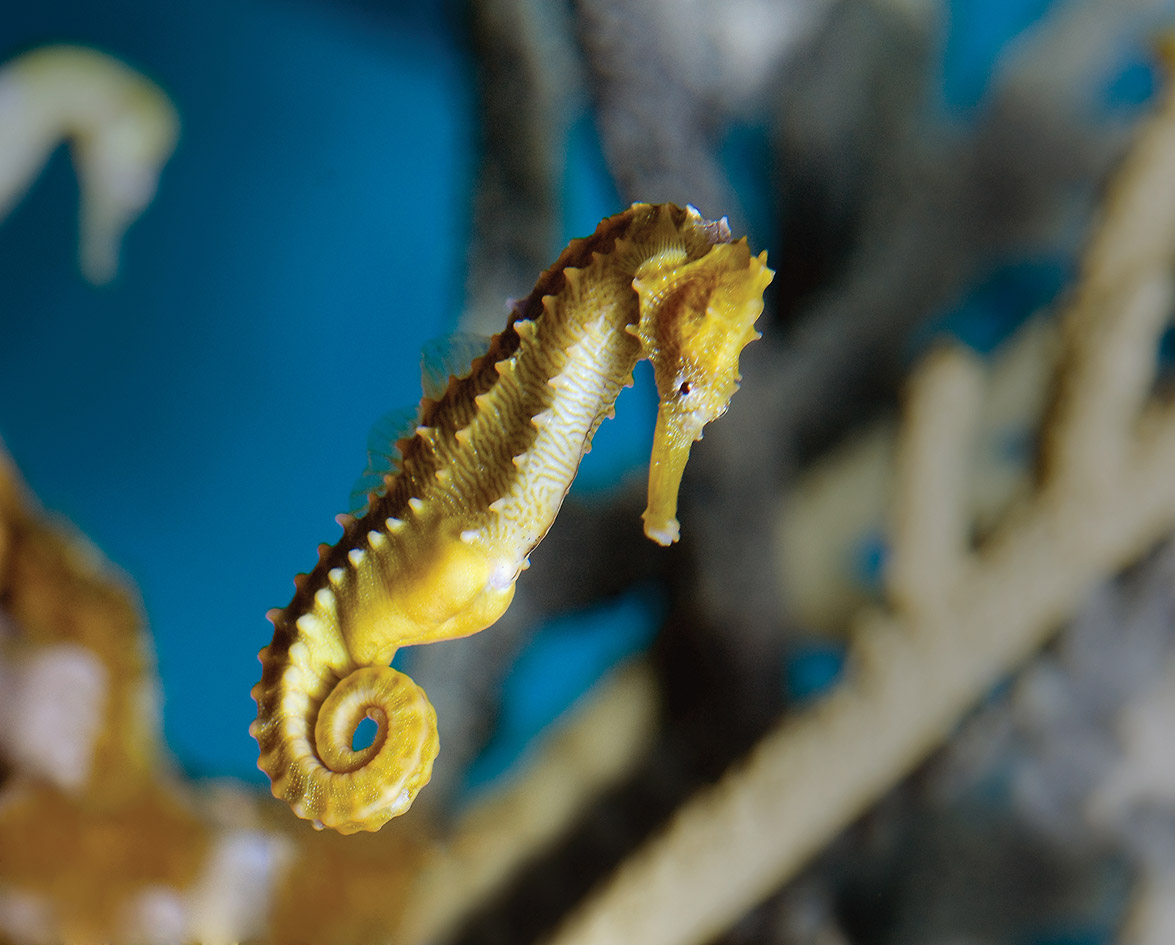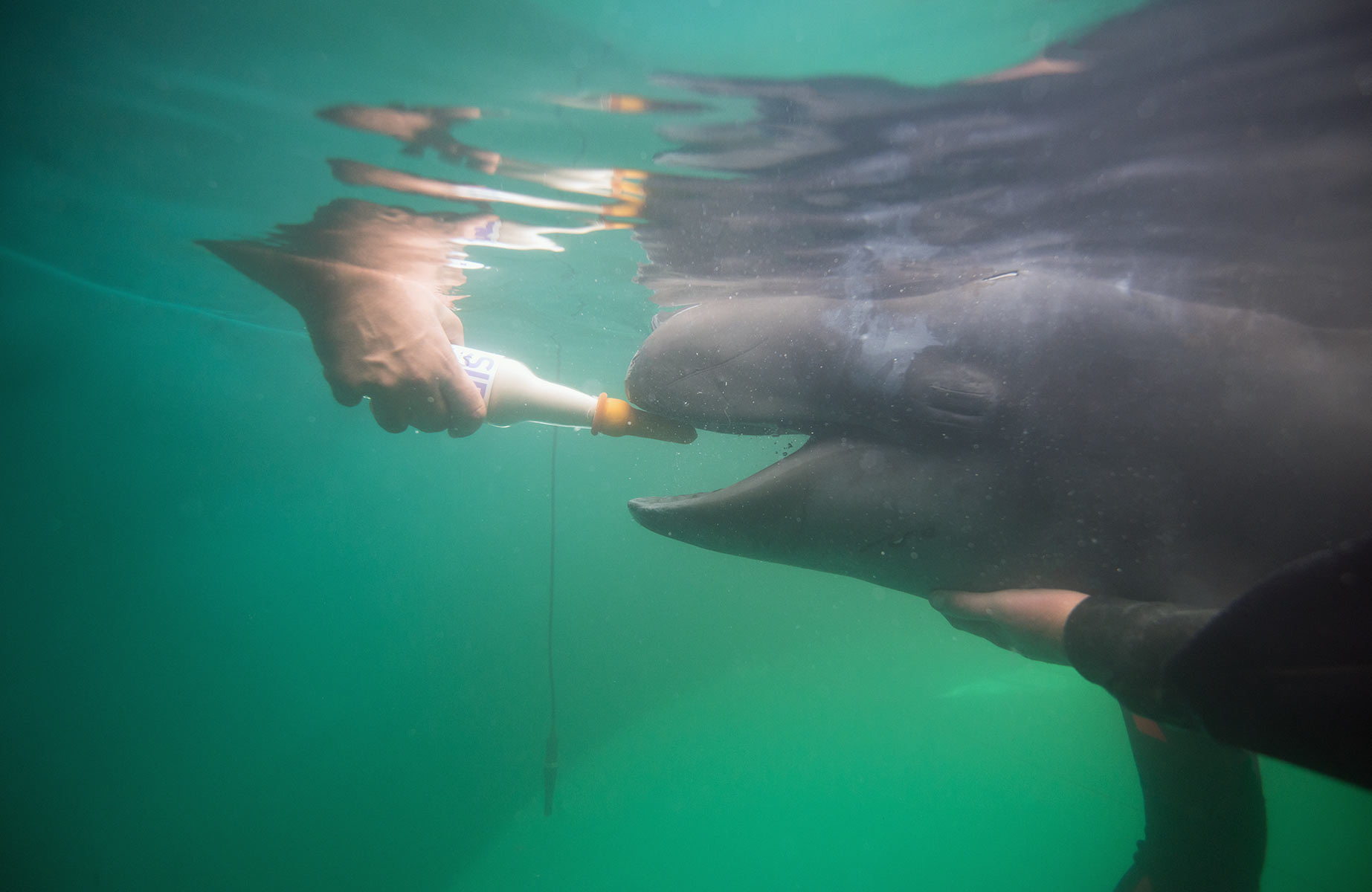
On a hot November day, the large Japanese whaling ship, Nisshin Maru, set sail from the docks of Innoshima, a small village off the coast of western Japan. It was a small ceremony with only the crew’s families and various whaling officials to see them off. The crew was forced to cancel their traditional high-profile departure ceremony in an attempt to slip by protesters.
Greenpeace follows ships such as the Nisshin Maru with their own vessel, the Esperanza. After a 10-day search in January 2008, they finally confronted the Nisshin Maru and drove it out of the whale hunting grounds. If the Nisshin Maru returns, Greenpeace activists are prepared to drive inflatable boats between the whales and the whalers’ harpoons, while spraying icy water at the harpooners to block their view.
Historically, Japan has whaled for hundreds of years. Why do Greenpeace and other activist groups now feel commercial whaling needs to come to an end?
Declining Populations
Troubling statistics are a key reason. Of the original blue whale population, there is less than one percent left in the Antarctic. The closely related western Pacific grey whale is almost extinct, with only 100 whales remaining.
In 1982, the International Whaling Commission administered a moratorium on commercial whaling. In recent years, according to the IWC, Japan has issued yearly scientific permits to allow whaling. The current permit allows for 50 fin whales, 50 humpback whales and up to 935 Antarctic minke whales to be killed for scientific purposes.
“Japan’s Scientific Research Program is basically operating on a loophole,” says Sarah King, Oceans Campaigner for Greenpeace. This was made clear last year when a former whaling ship crew member contacted Greenpeace, disclosing that crew members regularly took whale meat to sell for their own profit. When the crew of the Nisshin Maru docked, they sent at least 93 boxes labeled as personal baggage to home addresses. The next day two Greenpeace activists, Junichi Sato and Toru Suzuki, tracked one of the boxes to a depot in Aomori Prefecture. That one box alone contained 23.5 kilograms of prime whale meat, worth between 100,000 yen ($1,216 CAD) and 300,000 yen ($3,648 CAD).
Five days after Greenpeace Japan held a press conference exposing the whale meat scandal, Junichi and Toru were arrested for trespassing and theft. Granted bail after almost a month in custody, they still face criminal prosecution. While detained, the two men received over 252,000 messages of support.
Under The Guise Of Science
JARPA (Japan’s Whale Research Program under Special Permit in Antarctica) killed a total of 6,778 minke whales in an attempt to determine the mammal’s natural mortality rate. Scientists from the IWC met in Tokyo in 2006 and agreed that after 18 years of research, relatively little progress had been made in addressing this objective. They could not even exclude the possibility that minke whales may be immortal.
JARPA used lethal force to find a whale’s age at maturity, by examining growth rings in the whale’s earplugs. Alana Phillips, Marine Mammal Research Assistant for the Vancouver Aquarium, says, “Most of the questions they are trying to address can be done with non-lethal force.” One example would be biopsy sampling. This technique uses a crossbow with special darts that penetrate through a couple centimetres of skin. When the dart pops back out, it takes a small sample of the skin and blubber no bigger than the tip of a finger.
Photo identification is another non-lethal method researchers around the world are using. The underside of a humpback’s tail is as unique as a fingerprint. Using distinctive physical traits as a guide, researchers can then compile photos of diving whales to create a catalogue.
Greenpeace is trying to raise youth awareness in Japan with an internet TV travelogue called Whale-Love Wagon. With colourful graphics and a message of “Make whaling history,” they ask Japanese people what they think of whales and whether they think they are in danger.
Small steps like Whale-Love Wagon and the tireless work of Greenpeace will hopefully one day have Japan practicing only truly sustainable commercial whaling. That may be the only way our children’s children will ever hear the beautiful song of the whale.











